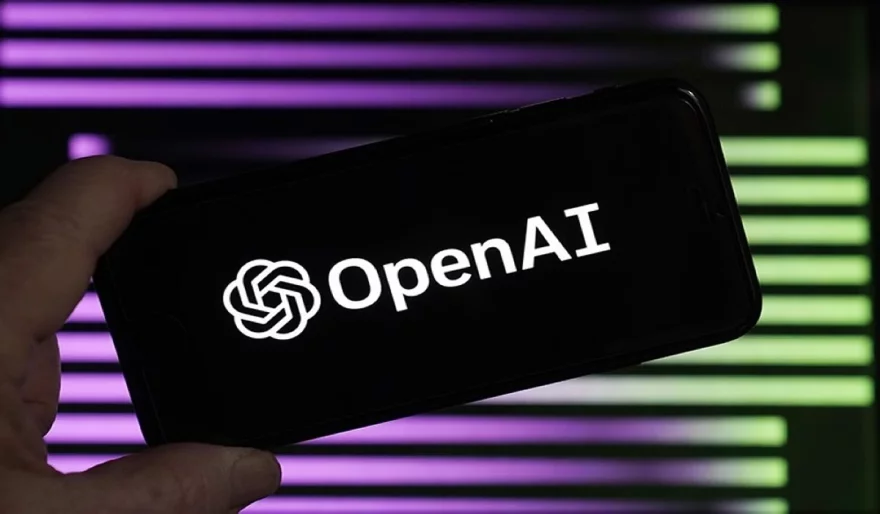Stay Ahead of the Curve
Latest AI news, expert analysis, bold opinions, and key trends — delivered to your inbox.
OpenAI debates when to release its AI-generated image detector
7 min read OpenAI is debating when to release its AI-generated image detector, which can determine whether an image was made with its DALL-E 3 generative AI art model. October 20, 2023 06:34
OpenAI is debating when to release its AI-generated image detector, which can determine whether an image was made with its DALL-E 3 generative AI art model. The company is concerned that the detector could be used to create harmful content, such as deepfakes or other forms of misinformation.
There are a number of factors that OpenAI is considering in its decision, including:
- The accuracy of the detector: OpenAI wants to ensure that the detector is accurate enough to be useful, but not so accurate that it could be used to create harmful content.
- The potential for misuse: OpenAI is concerned that the detector could be used to create harmful content, such as deepfakes or other forms of misinformation. The company is working to mitigate this risk by developing safeguards and guidelines for the use of the detector.
- The public good: OpenAI believes that the detector could be used to promote the public good, such as by helping to identify and remove harmful content from the internet.
OpenAI has not yet released a timeline for the release of the detector. The company is still weighing the risks and benefits of releasing the tool.
Potential benefits of releasing the detector:
- The detector could help to identify and remove harmful content from the internet, such as deepfakes and other forms of misinformation.
- The detector could help to protect people from being deceived by AI-generated content.
- The detector could help to promote transparency and accountability in the use of AI-generated content.
Potential risks of releasing the detector:
- The detector could be used to create harmful content, such as deepfakes and other forms of misinformation.
- The detector could be used to censor legitimate content.
- The detector could be used to track and monitor people's online activity.
What should OpenAI do?
The decision of whether or not to release the detector is a complex one. There are both potential benefits and risks to consider. It is important to weigh all of the factors carefully before making a decision.
One option is to release the detector to a limited number of users, such as researchers and journalists. This would allow OpenAI to gather feedback on the detector and to monitor its use for any signs of misuse.
Another option is to release the detector with a number of safeguards and guidelines in place. For example, OpenAI could require users to agree to a terms of service that prohibits the use of the detector for malicious purposes. OpenAI could also develop a system for reporting and removing harmful content that is created using the detector.
Ultimately, the decision of whether or not to release the detector is up to OpenAI. The company has a responsibility to weigh the potential benefits and risks carefully before making a decision.



















 AI Agents
AI Agents